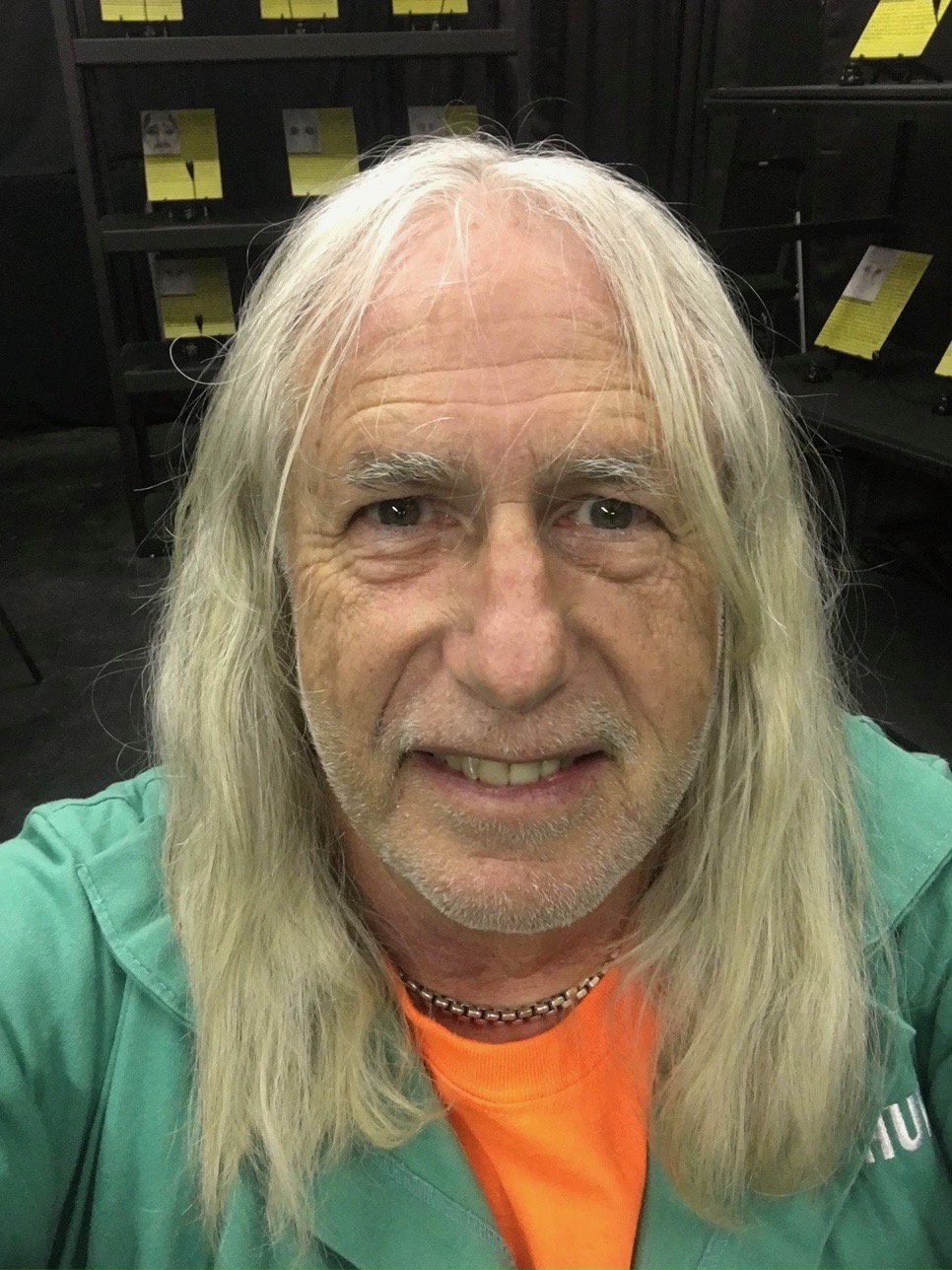
Starring
Performing in a stage play I wrote had finally oozed its way up to the top of my creative bucket list. Acting had been a carrot dangled before me from my early twenties. The producer of a company I first worked at filmed me cutting a deck of cards with one hand and used it as the opening scene for a multi-media show he created. A Creative Director at Ogilvy & Mather enjoyed one of my client presentations and had me re-enact it on film. While producing a television commercial I wrote, the director, a three-time Oscar-winner, spent a sizeable amount of energy trying to convince me, “I’ve worked with all the young stars. You remind me of them. Quit advertising. Become an actor.” The head of a hit television show I wrote for twice picked me for small guest-starring roles, making me a member of SAG-AFTRA. When I wrote my first one-person stage play, my agent, formerly that of Montgomery Clift, spent phone call after fruitless phone call trying to convince me to perform the lead myself. My reason for not pursuing an acting career was clear cut, if not to them, but certainly to me. To put it simply, I never felt like an actor. I never looked at a movie, say, The Graduate starring Dustin Hoffman, and muttered to myself, “I could do that.” Nor did I ever see Al Pacino and think I could convincingly shout, “Attica. Attica. Attica.” Though I’d been as screwed up as any young man on planet earth, I knew beyond a doubt that I could never portray screwed-up as brilliantly as Richard Dreyfus in The Apprenticeship of Duddy Kravitz. Then came the bucket list. After tasting success in Hollywood and Madison Avenue, I made the decision to take on creative challenges that maybe I would prove good at, maybe not. Certainly, dance was not on that list, nor poetry. However, painting and sculpture? I dove in head-first and managed to surprise myself and several art galleries that my work was sometimes not bad, sometimes decent, and sometimes pretty good. Eventually, I created a two-part theatrical event. Part one was an art installation called “The We,” fifty spot lit yellow ledgers floating in black space, each ledger containing a pencil sketch of a person accompanied by handwritten entries pinpointing his or her damaged inner flaws. The audience was invited to read the ledgers and get to know the people. The second part was a full-length one-person stage play, “Art In Heaven,” about forlorn Art, the one in Heaven, tasked with the job of sending those broken people to a godly repair shop designed to fix any and all human imperfections. Unfortunately, the repair shop had been out of service for eons, and untrained Art is vexed with the insurmountable task of fixing his countless irreparable souls. To play the part of Art, I grew my hair for months until I looked like an old, tired man that spent an eternity trying, but failing to accomplish an impossible mission. For weeks I performed the role of Art, exhausting myself, draining myself, tipping my hat to every actor I ever worked with for the courage and stamina to look out into an audience, strangers, staring, legs crossed, arms crossed, eyes demanding, “Go ahead, actor, entertain me. This better be good.”